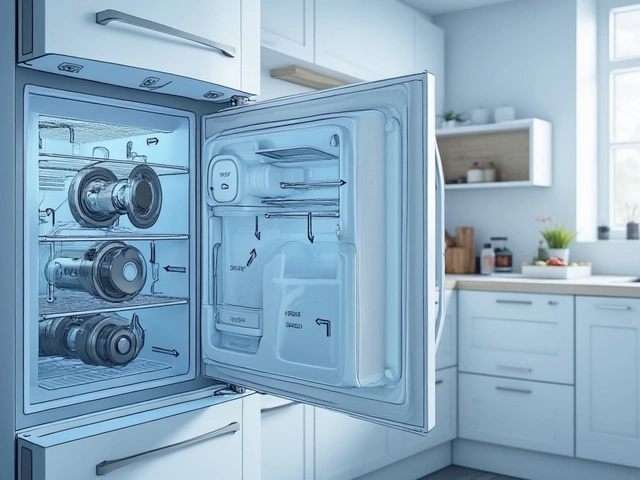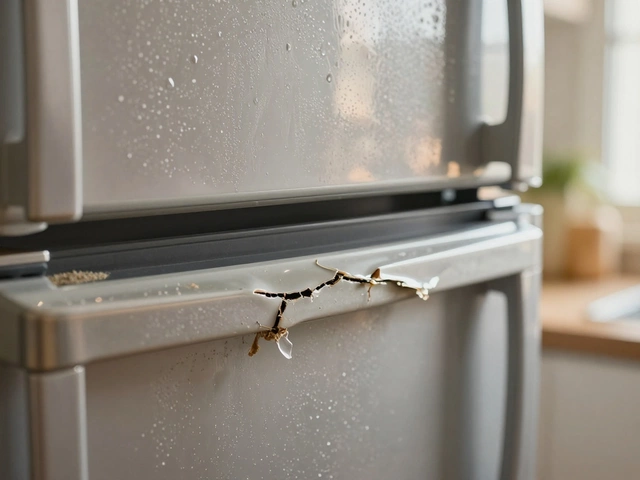Household Tools – Your Quick Guide to DIY Repairs
Got a leaky fridge or a noisy washing machine? Before you call a pro, check your toolbox. The right tool can turn a frustrating breakdown into a simple fix, and it won’t cost a fortune. Below you’ll find the basics every Rugby homeowner should have, plus quick tips on matching tools to common appliance problems.
Essential Tools Every Homeowner Needs
Screwdriver set – Flat‑head and Phillips are a must. Most appliance panels, fan blades and thermostat housings use these screws. A set with interchangeable bits saves space and lets you swap lengths quickly.
Adjustable wrench – Ideal for nuts and bolts that vary in size, like water‑heater pipe fittings or dishwasher inlet connections. Choose a medium‑size wrench (8‑12mm) for most kitchen jobs.
Multimeter – If an electric oven won’t heat or a dryer stops turning, you’ll want to test voltage, continuity and resistance. A basic digital model shows readings in seconds and helps you decide whether a component is dead or just loose.
Plumber’s tape (PTFE) – When you replace a fridge water line or tighten a boiler valve, a few wraps of tape prevent leaks. It’s cheap, but it stops water damage before it starts.
Nut drivers and Torx bits – Modern appliances often hide Torx screws behind decorative covers. Having a set of 4‑mm and 6‑mm bits lets you open up a glass hob or a dishwasher without stripping the head.
How to Choose the Right Tool for Common Appliance Fixes
When a fridge stops cooling, the first thing to check is the evaporator fan. You’ll need a screwdriver to remove the back panel, then a small socket (usually 5mm) to take out the fan motor. If the motor is jammed, a pair of needle‑nose pliers can pull out debris without damaging the blades.
For a boiler that’s making strange noises, locate the pressure valve. An adjustable wrench gives you the torque you need to tighten it safely. If the pressure gauge reads low, use a pliers to open the bleed valve and let air escape.
A dishwasher that’s leaking at the bottom often has a loose pump seal. Unscrew the pump housing with a screwdriver, then replace the seal using a small flat‑head driver. Wrap the new seal with plumber’s tape for extra security.
Heat‑pump units that won’t blow warm air usually have a clogged filter. Remove the filter with a nut driver, clean it with warm, soapy water, and let it dry before reinstalling. A quick dust‑off can save weeks of unnecessary calls.
When you’re unsure which tool to grab, ask yourself two questions: “Is the part fastened with a screw, bolt or clip?” and “Do I need to test electricity?” If the answer is a screw or bolt, reach for the screwdriver or wrench set. If it’s electricity, fire up the multimeter.
Having these basics on hand means you can tackle most common breakdowns without waiting for a service call. It also shows technicians exactly what was attempted, which can speed up any needed repairs.
Remember, safety comes first. Always unplug the appliance before you start, and wear gloves when handling sharp edges or hot components. With a well‑stocked toolbox and a bit of confidence, you’ll keep your household tools working for you, not the other way around.






